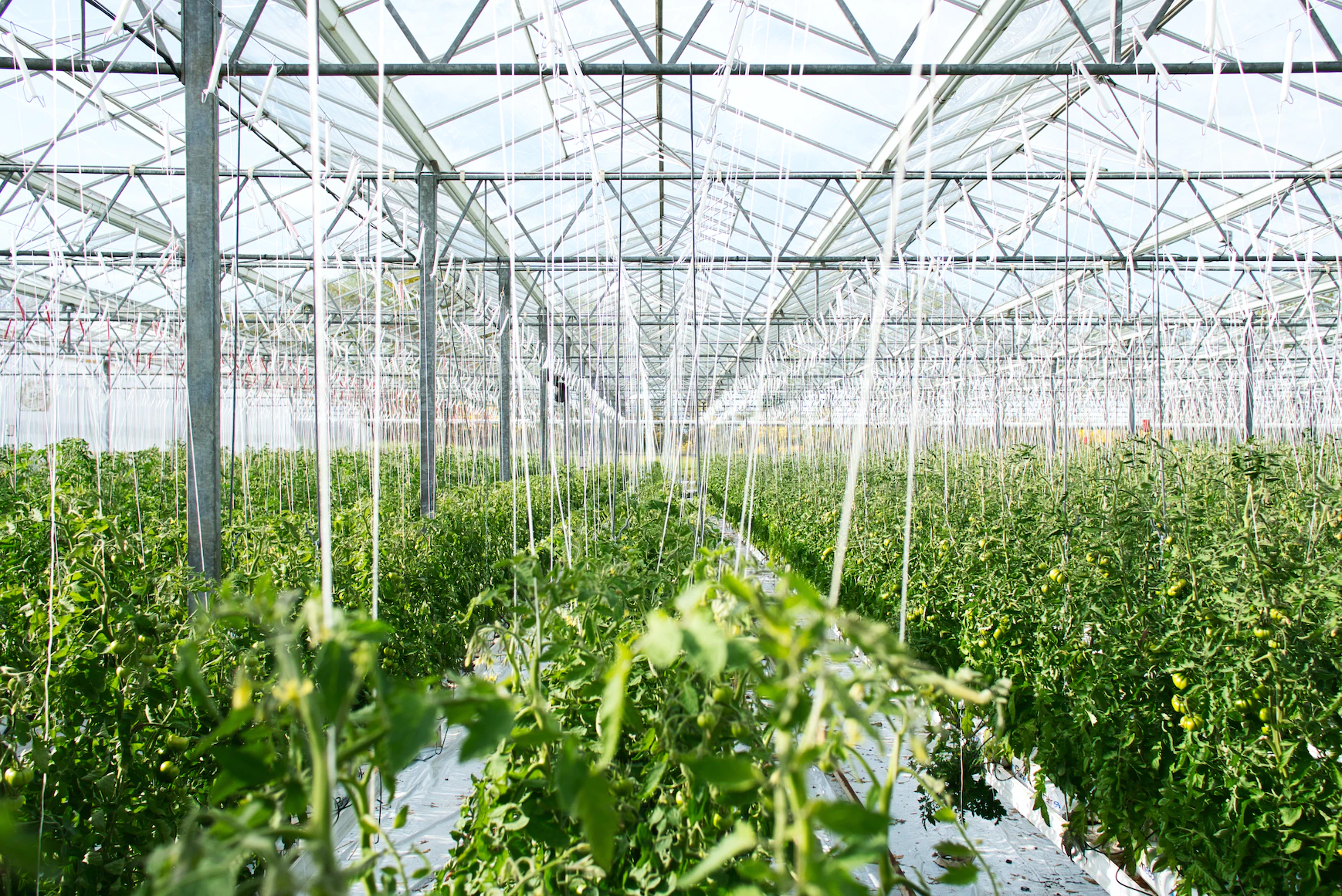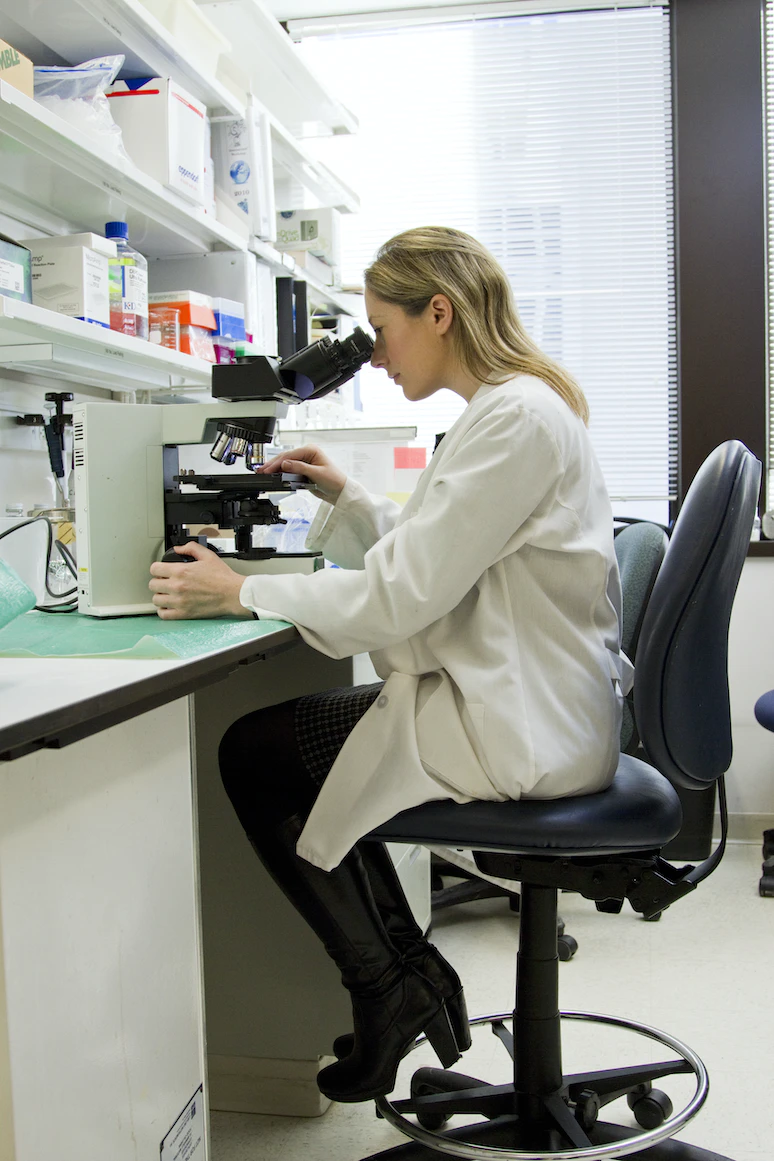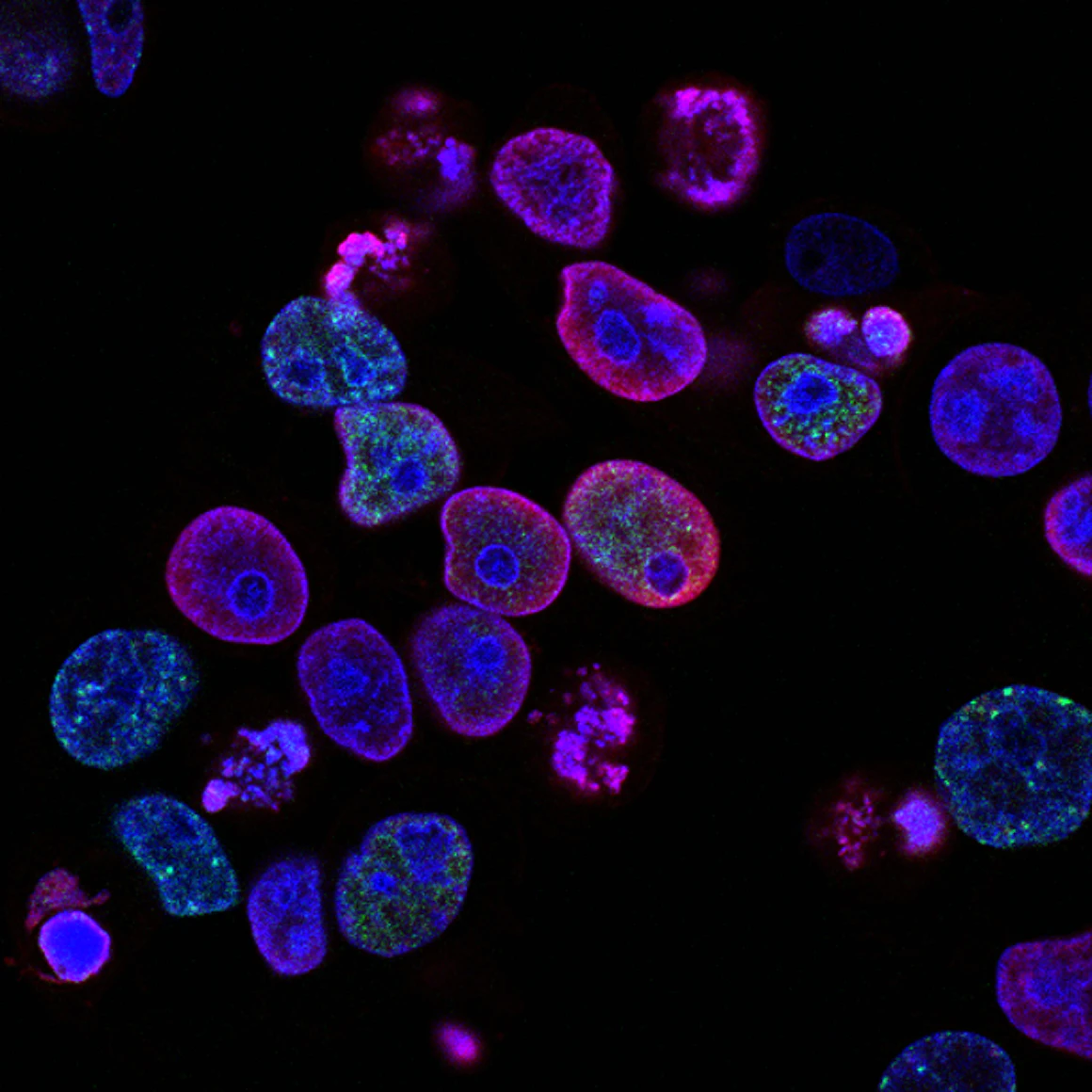CRISPR: The Innovation That Changed Everything
Thought to be impossible, DNA manipulation soon became a reality after the discovery of CRISPR.
National Cancer Institute | Unsplash
The application of CRISPR-Cas9 in modern medicine will provide a greater understanding to the way in which many diseases work and how we can develop cures to fight against them
Following the release of CRISPR in 2012, the world of science was never the same. For the first time, we could edit DNA. Scientists thought, for decades on end, that we would never be able to edit DNA, until two women, Emmanuelle Charpentier and Jennifer Doudna, were the first to make a discovery in DNA manipulation.
CRISPR, or Clustered Regularly Interspaced Short Palindromic Repeats, was first discovered in 1987 when scientists in Japan accidentally cloned an unusual repetitive series of DNA in an E. coli genome during the analysis of a gene responsible for the conversion of alkaline phosphatase. CRISPR’s main function is to splice DNA, a feat in biology thought to be impossible. Among many things, CRISPR is being used for cancer research, creating cells, and curing mental illnesses.
Following, in 2005, Dr. Jennifer Dounda learned about a bacteria whose genome contained a CRISPR, causing the bacteria to remember its genetic makeup. Later, in 2011, she partnered with Emmanuelle Charpentier, a French microbiologist, to pool their collective knowledge of CRISPR. They eventually discovered that part of the bacteria’s CRISPR RNA works with the Cas9 enzyme to splice invading DNA in half, effectively removing it. It was evident from this point on that this technology could be used fascinatingly and effectively, both in the short term to cure many diseases, as well as in the long term, to splice, insert, or replicate sequences in DNA, effectively solving medical problems such as hereditary diseases, deformities, and prematurities.
From its discovery to its creation, CRISPR-Cas9 has had many applications. It has most notably been used for gene editing (splicing, removing, and adding new strands). Prominent examples include genome editing executed by doctors, or gene editing in plants, animals, and human samples.
Another use for CRISPR technology is in the field of agriculture (no pun intended). Scientists have used CRISPR-Cas9 to edit the genome in plants which has successfully enhanced their resistance to diseases, pests, and additional environmental factors. On a larger scale, scientists might be able to one day create crops that are more resilient and productive, possibly eliminating food insecurity on a broader scale.
In addition to improving crop resilience against pests, CRISPR-Cas9 has also been used to enhance the nutritional value of plants. Scientists are using this technology to modify the genes responsible for the creation of certain beneficial aspects in crops, such as vitamins, minerals, and antioxidants. By introducing a greater amount of nutritional content to plants, researchers aim to develop crops that can better address widespread nutritional deficiencies and improve human health on a global scale.

(Erwan Hesry | Unsplash )
One example of the application of CRISPR in agriculture is the creation of biofortified crops. These crops are genetically modified to contain increased levels of essential nutrients, such as iron (essential for human growth and development), zinc (helps the immune system fight against microbes), and vitamin A (works to aid in vision, the improvement of the immune system, reproduction, and growth as well). Iron and zinc deficiencies affect millions of people worldwide and can lead to serious health issues, particularly in developing countries where access to diverse and nutritious diets is limited. With the help of CRISPR, scientists can work towards developing crops that naturally contain higher levels of these essential nutrients, potentially getting rid of widespread nutritional deficiencies.
Furthermore, CRISPR technology has the potential to reform the sustainable agriculture field. By editing the genomes of crops, scientists can explore ways to make them more resilient to drought, extreme temperatures, and high salt concentrations. These stressors pose significant challenges to agricultural production, particularly in regions affected by climate change. By giving crops genetic modifications that enhance their tolerance to these conditions, researchers hope to ensure food security and mitigate the effects of climate change on global food production.
The potential of CRISPR in animal research holds great promise as scientists have employed CRISPR-Cas9 to edit the genomes of various animal species, allowing for a better understanding of genetic diseases and potential cures or treatments. By precisely manipulating specific genes, researchers have been able to model diseases in animals, supporting the development of certain therapies and testing their efficacy.
Due to CRISPR-Cas9, humanity has made major improvements in overall human health. Gene editing holds immense potential when it comes to treating a wide variety of genetic disorders, such as sickle cell disease, cystic fibrosis, and Turner syndrome. This technology can transform the trajectory of medicine by offering personalized treatments catered to a person’s specific genetic makeup.

Using CRISPR-Cas9 in healthcare will provide a better understanding of a multitude of functions occurring in our body and will provide cures to diseases previously stumping humans.
Even so, using CRISPR-Cas9 while studying animals has uncovered many genetic diseases and their potential treatments or cures. These scientists have created animal models that have mirrored human genetic conditions in a similar manner. By inserting mutations that cause genetic diseases into animals, such as rats, mice, and zebrafish, scientists have been better able to understand the inner workings of these diseases.
On top of studying genetic diseases, CRISPR technology has created advancements in agriculture, in a different way this time – through animal gene editing. Scientists have successfully modified the genomes of farm animals to improve traits such as disease resistance, meat quality, and productivity. For example, researchers have used CRISPR-Cas9 to create pigs that are resistant to specific infections, reducing the need for antibiotics and improving animal health in the agricultural industry.
The ability to manipulate animal genomes using CRISPR has not only grown our knowledge of genetic diseases but has also shown that we can create innovative solutions in fields such as medicine that can regenerate and the transplantation of bodily organs. By editing the genes of animals, scientists have the ability to explore the growth of human organs in animals for transplantation, providing a viable solution to the organ donor shortage and improving the success rates of transplant procedures.
While CRISPR-Cas9 presents extraordinary opportunities, ethical concerns surrounding its use remain a topic of intense debate. The precision and power of gene editing raise questions about the potential misuse or unintended consequences of altering the human genome. Scientists and policymakers are grappling with the ethical implications of CRISPR technology and working towards establishing guidelines and regulations to ensure its responsible and ethical use.
As CRISPR continues to evolve and its applications expand, it holds the promise of revolutionizing numerous fields, from agriculture to medicine. The journey from its accidental discovery in 1987 to the current cutting-edge research conducted by scientists in the present exemplifies the remarkable progress made in understanding and adopting the power of CRISPR-Cas9.
With ongoing advancements and a growing understanding of its potential, CRISPR will shape the future of STEM and transform the way we approach genetic research, healthcare, and overall application to humanity.
As CRISPR continues to evolve and its applications expand, it holds the promise of revolutionizing numerous fields, from agriculture to medicine.
Stephan Chirinian is a Staff Reporter for ‘The Science Survey.’ He finds telling a truthful story very compelling when it comes to journalistic writing....

